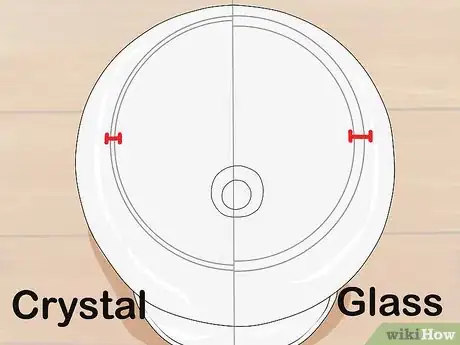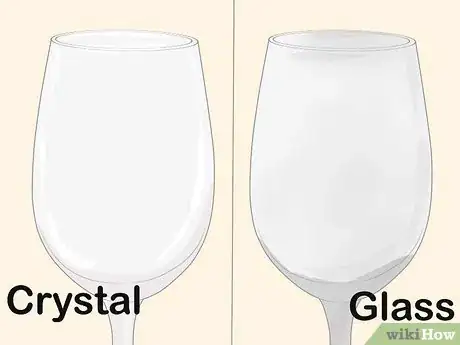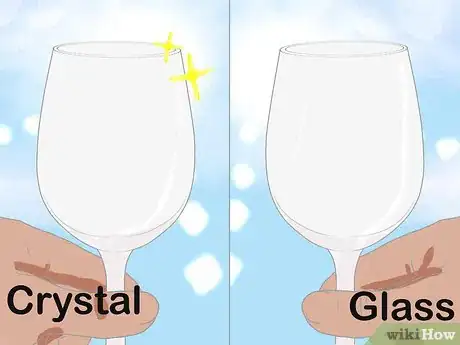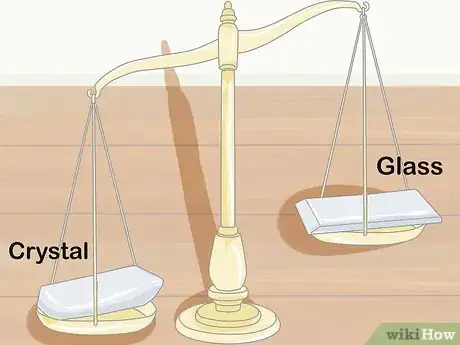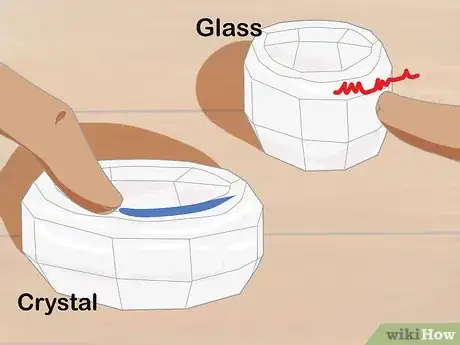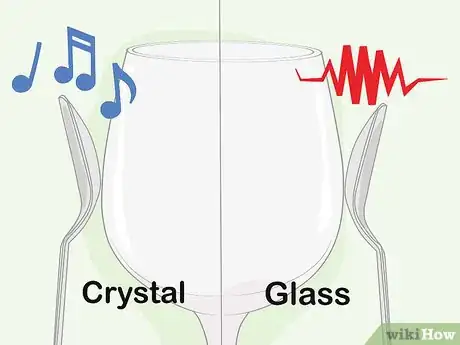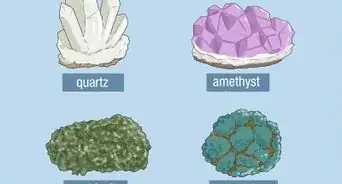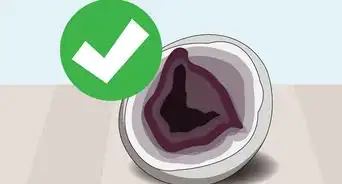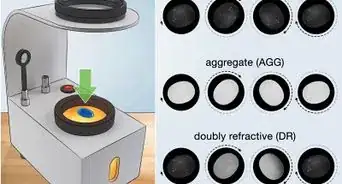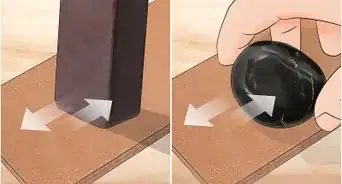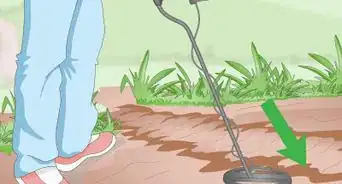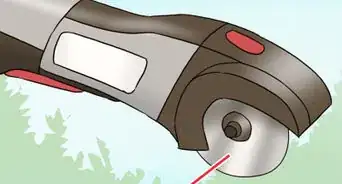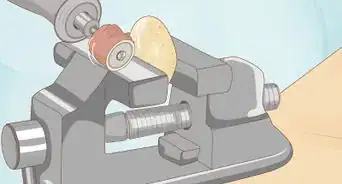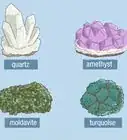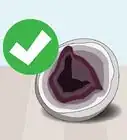This article was co-authored by wikiHow Staff. Our trained team of editors and researchers validate articles for accuracy and comprehensiveness. wikiHow's Content Management Team carefully monitors the work from our editorial staff to ensure that each article is backed by trusted research and meets our high quality standards.
wikiHow marks an article as reader-approved once it receives enough positive feedback. In this case, 90% of readers who voted found the article helpful, earning it our reader-approved status.
This article has been viewed 164,886 times.
Learn more...
For certainty, crystal must be distinguished from glass by a professional. However, glass and crystal objects have key differences that anyone can observe. Lift up your item and study it. A crystal item will feel heavier than a glass one of the same size. You will be able to see clearly through it and may even see a rainbow. In addition, crystal makes a musical, ringing sound when bumped against another object.
Steps
Visually Examining the Object
-
1Look at the object’s thickness. Crystal is sculpted over a longer time period at lower temperature than glass. Because of this, the lead inside the crystal can be shaped into thinner, more intricate designs. Hold a glass object next to a crystal one and compare the thickness of the material.
- On a crystal wine glass, for instance, look for a thinner rim with less of a lip.[1]
-
2Test the clarity of the object. Take a liquid and pour it into the object or hold the object up and look through it. Regular glass is cloudier than crystal. Crystal with a higher lead content provides a clearer view of anything inside or behind it.[2]
- For example, a normal drinking glass will make a liquid inside it appear cloudy. Crystal glasses, on the other hand, provide a greater view of the liquid.
Advertisement -
3Hold the object up to the light. When you hold glass up to the light, nothing happens. Fine crystal, which has a high lead count, will sparkle. Other crystal acts as a prism, causing you to see a rainbow when looking through it.[3]
Testing by Touch and Sound
-
1Check the object’s weight. Because crystal is often made with lead, it feels heavier than glass. Pick up the object and you should notice it feels solid and with some heft. Pick up a glass object of a comparable size. Most likely, it will feel light.[4]
- Lead-free crystal feels lighter and more durable but still shines when held up to the light.[5]
-
2Feel the object for sharpness. Due to the sculpting process, crystal has a smooth, rounded feel. Touch any decorative facets you find. Also run your hand along the object’s surface. Glass feels more brittle, even though crystal is more fragile. The cut on the glass may also feel sharper.[6]
-
3Strike the object to test its sound. Flick the object with your finger or tap it against something solid. If it is crystal, it will ring. If it is glass, it will produce a thud.[7]
- Wet your finger and rub it around the object’s rim, if possible. Crystal will produce a musical tone, but glass won’t.
Warnings
- Children and pregnant women should never drink from lead crystal.⧼thumbs_response⧽
- Food and liquid can leach lead from crystal and should not be stored in crystal items.⧼thumbs_response⧽
References
- ↑ https://learn.winecoolerdirect.com/glass-vs-crystal-wine-glasses/
- ↑ http://www.ebay.com/gds/Whats-the-Difference-Between-Glasses-and-Crystal-/10000000177634777/g.html
- ↑ https://www.michaelcfina.com/learn/how-to-tell-crystal-from-glass/
- ↑ https://www.michaelcfina.com/learn/how-to-tell-crystal-from-glass/
- ↑ https://winefolly.com/tips/crystal-vs-glass-when-it-comes-to-wine-glasses/
- ↑ http://www.ebay.com/gds/Whats-the-Difference-Between-Glasses-and-Crystal-/10000000177634777/g.html
- ↑ https://patch.com/pennsylvania/doylestown/how-to-tell-crystal-from-glass
About This Article
To tell the difference between crystal and glass, examine their look and feel. Since crystal is sculpted over a longer period of time at lower temperatures than glass, it can be shaped into thinner, more intricate designs. If you can fill the object with liquid, the regular glass will look cloudier while the crystal one will be more clear. When you hold glass up to the light, you won’t see a difference, but fine crystal will sparkle in the light. Another way to tell the difference between the two is to touch the objects. Often, crystal will feel heavier than glass due to the lead content. Crystal will also feel more smooth and rounded than glass, which will feel more brittle. To learn how to tell crystal from glass by the sound the objects make, keep reading!
